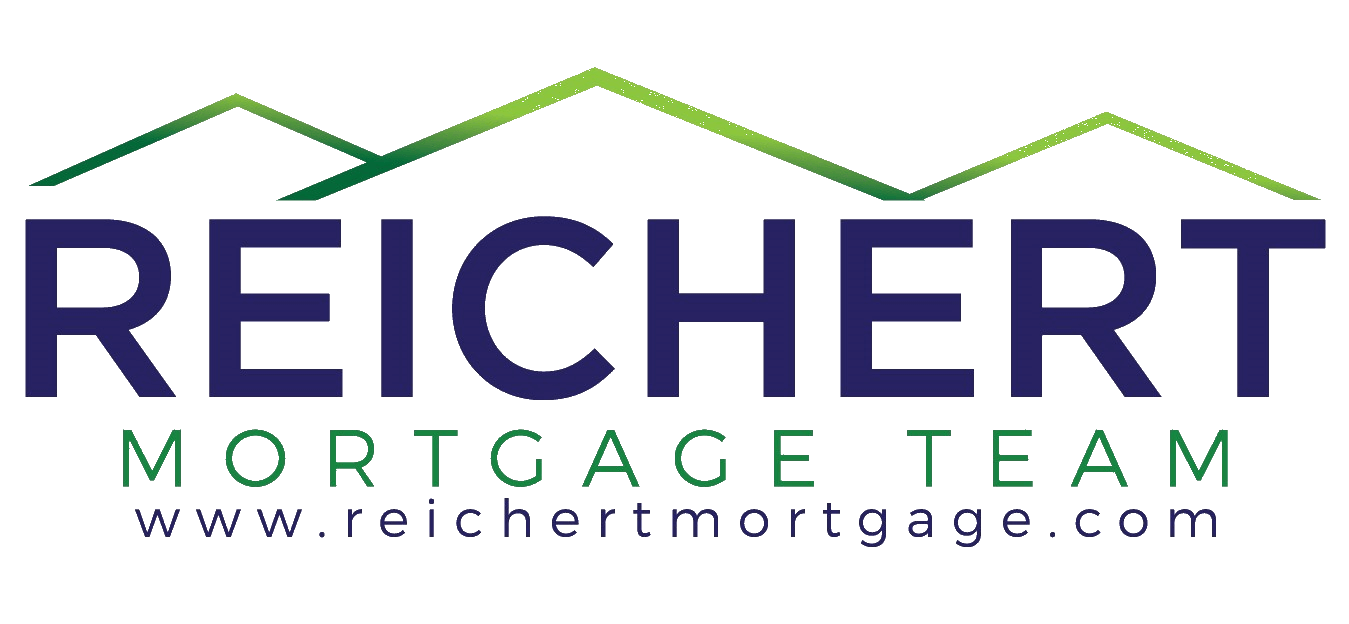When exploring Colorado Springs mortgages, you may feel overwhelmed by mortgage terminology and loan program options. When applying for a specific loan program, you need to be aware of mortgage insurance requirements. We’ve put together an explanation of PMI vs. MIP to help you navigate this process. Mortgage insurance helps prospective homeowners with low down payments secure a loan while still protecting the lender.
There are two main types of home insurance: Mortgage Insurance Premiums (MIP) and Private Mortgage Insurance (PMI). MIP and PMI both work to protect lenders from default, but they apply to different types of loans and have different rules. When evaluating the best home loan programs for you, you’ll need to note the critical differences between PMI and MIP. If you have questions about mortgage insurance or want to apply for a loan, contact the experts at Reichert Mortgage.

What Is Private Mortgage Insurance (PMI)?
Private Mortgage Insurance (PMI) protects mortgage lenders from risks involved with conventional loans with low down payments. If you are looking to purchase a home but do not have a 20% down payment, then you will need PMI to secure the loan.
Depending on individual risk factors that apply to the borrower, such as credit score, down payment, and loan total, the PMI rate will vary. On average, private mortgage insurance rates run between 0.5% and 2% of the total loan amount.
You can pay for your private mortgage insurance as part of your monthly mortgage or in full at closing. Homeowners must pay PMI until the home’s equity reaches 80%, when they may cancel the private mortgage insurance as long as the home loan is current.
What Is Mortgage Insurance Premium (MIP)?
Mortgage Insurance Premium (MIP) applies to all FHA loans. FHA loans typically have low down payments, so MIP protects lenders from risk. MIP has both an upfront premium cost and an annual premium paid in monthly installments. If the FHA loan requires MIP, the upfront premium is 1.75% of the total loan, followed by an annual premium. The upfront premium may also be rolled into your home financing and paid monthly.
Typically you must pay MIP annually for 11 years when your down payment is over 10%. If your down payment is less than 10%, then you must pay MIP for the life of the loan. Refinancing your FHA loan is the best option to remove MIP. The risk of default is significantly reduced for lenders once you can meet refinancing requirements.
What Mortgage Insurance Do I Need? PMI vs. MIP.
Mortgage insurance safeguards lenders while providing prospective homeowners the opportunity to secure a home loan with a low down payment. Ultimately, the type of mortgage insurance depends on your specific needs and the type of home loan you qualify for.
Ideally, a prospective homeowner can put down 20% of the total cost of the home and avoid mortgage insurance altogether. That is not always the case, however, which is why mortgage insurance exists. Private mortgage insurance is much more flexible and you can remove it without refinancing your home. An FHA loan with MIP can still be a good low down payment option, however.
Mortgage Insurance Experts | The Reichert Mortgage Team
Navigating home loan programs can be difficult. The mortgage specialists at The Reichert Mortgage Team are well-versed in the intricacies of mortgage insurance. Connect with our approachable experts to discuss which home loan will work for you and how your qualifications will impact mortgage insurance requirements.



